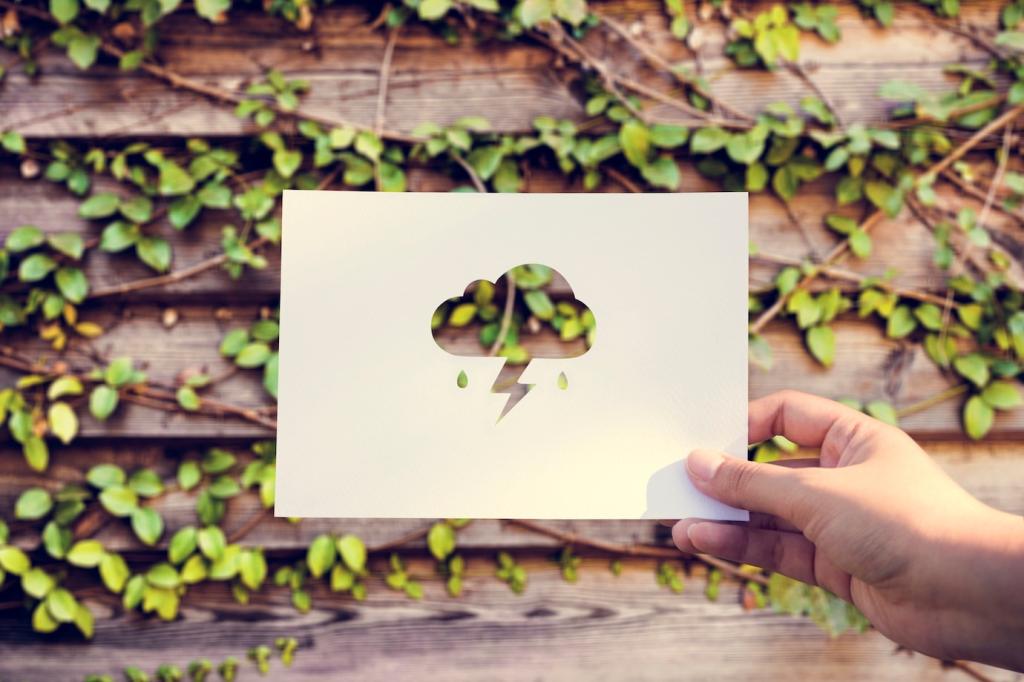Care for Your Furniture the Eco-Friendly Way
Today’s chosen theme: Eco-Friendly Cleaning Products for Furniture. Welcome to a fresh, planet-kind approach to caring for the pieces that make your house feel like home. Explore safe ingredients, smarter routines, and practical tips you can trust. Enjoy, share your wins, and subscribe for ongoing green inspiration.
Cleaner Air, Happier Home
Conventional cleaners can release high-VOC fumes that linger long after the shine fades. Plant-based formulas reduce off-gassing, easing headaches and allergies while still lifting dust and grime. If you’ve noticed sensitive eyes or a scratchy throat after cleaning, try a low-VOC swap and share your results with us.
Matching Product to Material
Eco-friendly does not mean one-size-fits-all. Wood prefers gentle, low-water methods; leather needs conditioning oils; fabrics like linen or microfiber respond best to mild, pH-balanced solutions. Always patch test in a hidden spot, then build confidence with small wins before tackling the whole sofa or table.
Starter Kit for Sustainable Shine
Begin with a plant-based castile soap, an enzyme spot remover, distilled water, soft reusable bamboo or cotton cloths, and a refillable glass spray bottle. Add a beeswax-based wood polish and a gentle, silicone-free leather conditioner. Snap a photo of your green kit, tag us, and inspire another reader’s first step.
Ingredients That Work (And Ones to Skip)
Look for coconut or sugar-derived surfactants such as decyl glucoside, mild soaps, plant enzymes for protein stains, and low-VOC solvents like bio-based terpenes used sparingly. Natural waxes, including beeswax or candelilla, add protective luster to wood. These ingredients clean effectively while respecting finishes, indoor air, and sensitive skin.



DIY, But Make It Safe for Furniture
Combine one quart distilled water with one teaspoon unscented castile soap. Lightly mist a cloth, not the wood, and wipe with the grain. For sheen, buff with a pea-sized amount of beeswax-based polish. Avoid vinegar on delicate finishes. Start with table edges, then graduate to full surfaces once confident.
DIY, But Make It Safe for Furniture
Mix one cup warm distilled water with one teaspoon castile soap. Dab onto stains with a white cloth, blotting rather than rubbing. For stubborn spots, add half a teaspoon of enzyme cleaner. Rinse by blotting with plain water, then air dry. Keep liquids away from wood trim to protect finishes.
A Sustainable Cleaning Rhythm
Dust with reusable cotton or bamboo cloths that trap particles without shedding microplastics. Vacuum upholstery using a HEPA-filtered tool to minimize allergens. Spot-treat spills immediately with mild solutions. Small, steady habits keep buildup at bay, extending your furniture’s life and your cleaners’ usefulness. Subscribe for printable checklists.

Smart Stain Tactics Without Harsh Chemicals
Blot immediately, then apply cool soda water and continue blotting. Follow with a mild enzyme cleaner for tannins and sugars, working from the outside in. Avoid heat until the stain is gone. Document your steps and timing; sharing details helps others replicate your success on similar spills.

Safer for Families, Pets, and the Planet
Choose unscented or very lightly scented formulas, and keep essential oils modest—some are irritating at higher doses. Ventilate while cleaning and skip aerosolized sprays. If anyone in your home experiences headaches around fragrances, go fragrance-free. Tell us which gentle brands have worked well for your family.
Safer for Families, Pets, and the Planet
Keep pets out of rooms until surfaces are dry, and avoid oils like tea tree around cats. Store concentrates securely and wipe any drips from paws’ reach. A water-first approach often resolves minor messes. Share your pet-proofing tricks, especially for adventurous kittens and dogs who love to supervise.

Beyond the Bottle: Tools, Packaging, and Community
Choose wooden-handled brushes with tampico or sisal fibers, washable cotton cloths, and stainless or glass spray bottles. These outlast disposables and feel great in hand. A reliable toolkit makes quick cleanups almost effortless. Post your setup and tag us—we love featuring thoughtfully built, real-world cleaning kits.
Beyond the Bottle: Tools, Packaging, and Community
Prefer concentrates, tablets, or powders in paper, aluminum, or glass. Seek brands offering bulk refills and take-back programs. Track how many single-use bottles you avoid over a year—it’s inspiring. If your town has a refill station, map it for our readers and help newcomers get started.


